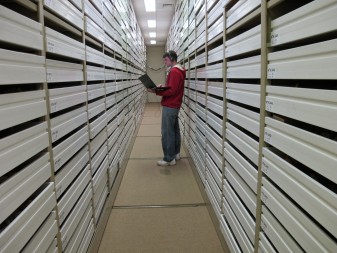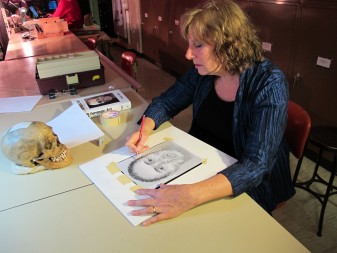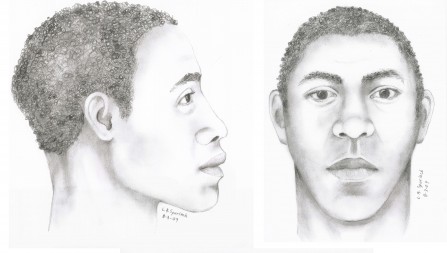As Director of Human Health at the Cleveland Museum of Natural History, Dr. Linda Spurlock’s job is to educate the public through exhibits, programming, and health education classes. But, from time to time, she is asked to utilize her unique scientific training as a biological anthropologist and forensic artist to help law enforcement identify the remains of a murder victim.

We met Linda in the Main Osteology Lab of the Physical Anthropology Department of the Cleveland Museum of Natural History. This facility is home to the Hamann-Todd Osteological Collection; the largest well-documented human skeletal collection in the world.
In order to “resurrect the dead” Linda uses the skull of an individual to either sculpt or sketch an image of what the person may have looked like in life. While she sculpts 3-dimensional models on occasion, this method is not often the best approach in forensic reconstruction cases. It is more time-consuming and is sometimes impractical, especially if the skull is fragile. Most of the time, she creates a 2-dimensional sketch for the police department.
By looking at certain features of a skull, a biological anthropologist can determine the approximate age, gender, and ethnicity of an individual but it is up to forensic artists like Linda to “narrow down the possibilities” in order to trigger recognition by relatives and loved ones.
The first forensic sketch she did for law enforcement was based on the bones of a girl that were found in Portage County, Ohio in 1994. The sketch was seen and recognized by a police officer working on a case of a missing girl from Rochester, Pennsylvania. This led to the DNA testing of the missing girl’s family in western Pennsylvania and the bones found in Ohio. It turned out that they were a perfect match.

